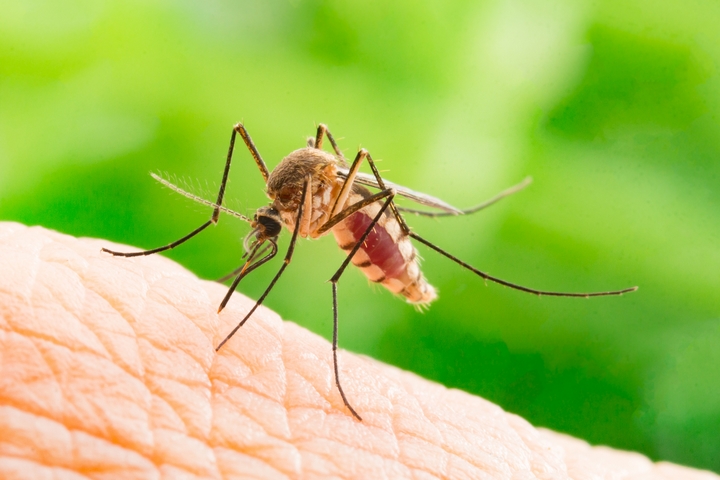
All summer you’ve been enjoying the lush greenery of your lawn, but now it’s time to put it away for the winter, so to speak. To ensure that your lawn is protected for the winter months, there are a number of things you should do. By taking preventative measures, your lawn will look just as beautiful next year as it did this year.
Most tend to just let their lawn be for the winter months, however, those are the same people that have to do a lot of maintenance in the spring once the snow clears away. To each their own, but if you’d like to ensure you have less work in the spring, find below a variety of tips on how to prepare your lawn for the winter months.
1. Fertilizer
Generally, people will fertilize their lawns during the summer months, but it helps to fertilize your lawn at the end of the summer or during the fall too. By applying fertilizer before the winter, your lawn will grow back green and lush next summer.
2. Mow at the Right Times
Any time of year, the time of day and frequency you mow your lawn matters, including the winter months. If you mow at the wrong times or too often, you’ll risk damaging your lawn from grass that is too short or scorching your lawn from the hot sun thereby discolouring it.
In the fall, mow your lawn every 10 to 14 days until all of the leaves have fallen. By doing so, your lawn won’t become smothered by leaves and will be a healthy length when winter finally comes. Having grass around an inch before winter will help the grass protect itself during the winter and reduce fungus growth beneath snow.
3. Prevent Mosquitoes

This is one of the most often forgotten things when preparing a lawn for winter. Do a walkthrough of your lawn and look for places where water could collect, but remain idle. Mosquitoes breed when temperatures are around 50 degrees and use still water as their breeding ground. If there are places for mosquitoes to breed on your lawn during the cooler months, they will be back without a doubt in the warmer months.
If you find still baths of water in your yard, do your best to flush them and replace the water, if necessary. Flower beds, garden pots, rainwater barrels and bird baths are all examples of areas where water should be flushed and replaced before the winter.
4. Aerate
On a day when the soil is moist, but not soggy, dry or hard, have your lawn aerated. Aeration every now and then is good for your lawn and helps prep it for the winter.
5. Limit or Stop Watering

Now that the summer is over, weather is bound to be cooler which means that you don’t need to water your lawn as much or at all. You’ll have to use some discretion, if you live in a warmer climate some watering is okay, but for colder climates watering should be stopped all together.
Not only will you save water, the water won’t run through your lawn and freeze overnight. Talk about a win-win situation!
6. Be Careful During the Winter

During the winter, if it snows, leave it on the grass instead of plowing it. Snow protects grass from the cold because it acts like insulation from the crisp and bitter air. If you plow the snow on grass, it will cause patches of grass to grow poorly making the lawn patchy when the springtime comes.















